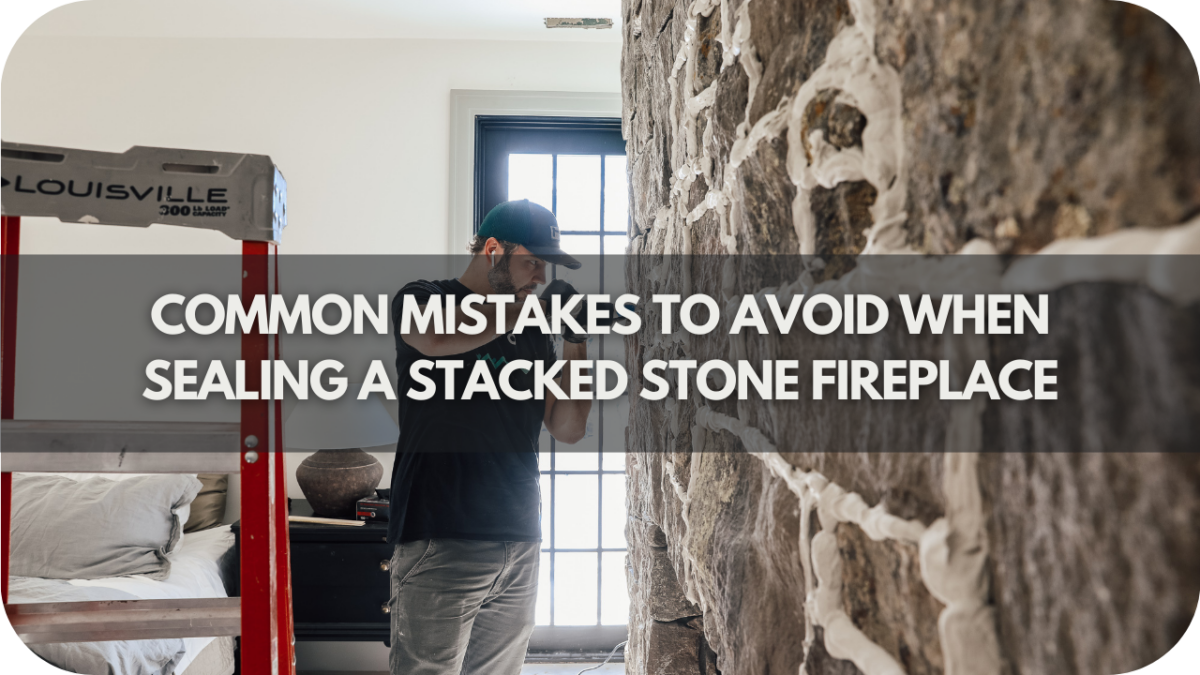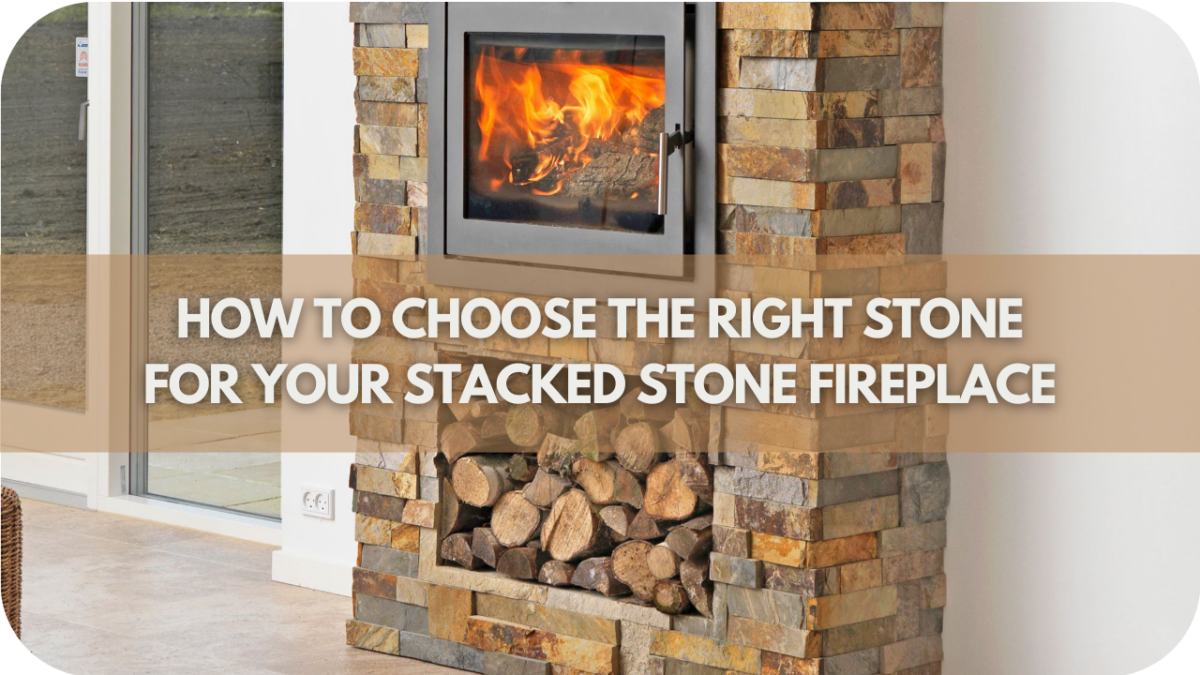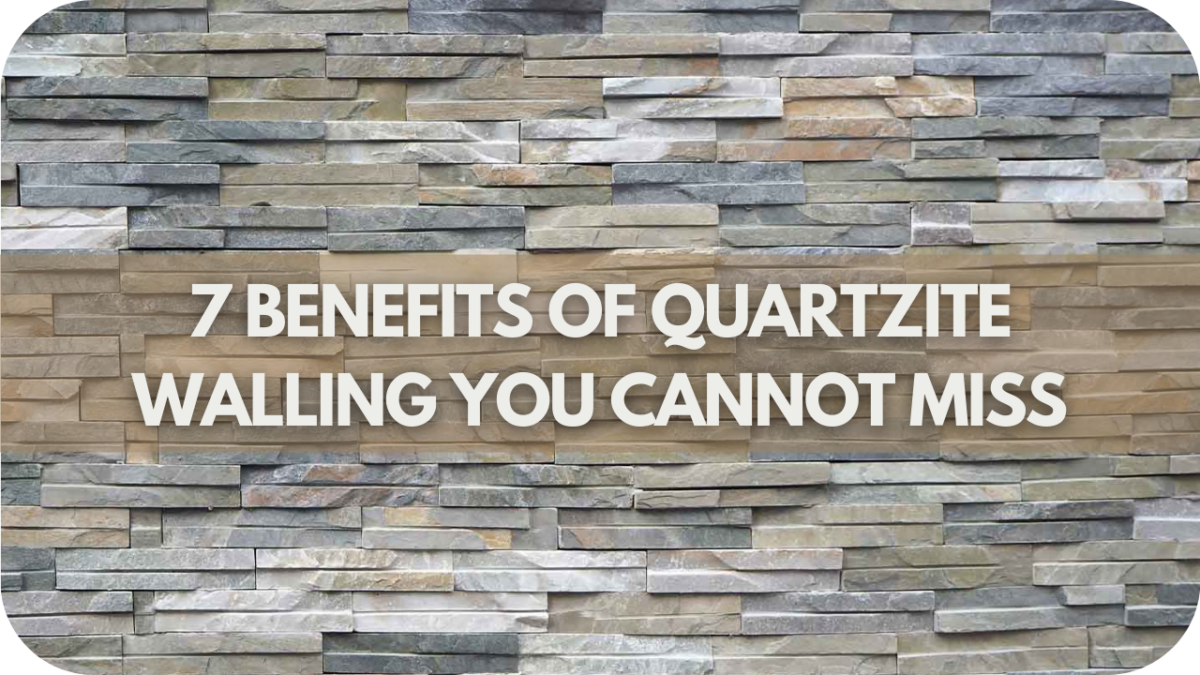Common Mistakes to Avoid When Sealing a Stacked Stone Fireplace
Sealing a stacked stone fireplace can be daunting, and many homeowners need help to achieve the desired results.
Poor sealing techniques can lead to unsightly stains, ineffective protection, and costly repairs. These issues can quickly escalate without proper guidance, leaving your fireplace looking less than perfect.
Follow our expert tips on correctly sealing your stacked stone fireplace to avoid these common mistakes and ensure a beautiful, long-lasting finish.
1. Ignoring Surface Preparation When Sealing a Stacked Stone Fireplace
Think of your stacked stone fireplace as a canvas. Would you paint a masterpiece on a dusty, dirty surface? Not! The same principle applies to sealing.
Ignoring surface preparation when sealing a stacked stone fireplace is a common mistake that can lead to unsatisfactory results.
Think of your stacked stone fireplace as a canvas. Would you paint a masterpiece on a dusty, dirty surface? Not! The same principle applies to sealing.
Before applying any sealant, cleaning the stone surface thoroughly is essential. Dust, dirt, grease, and existing stains must be removed to ensure that the sealant bonds correctly with the stone.
Use a suitable stone cleaner and a soft brush to scrub the surface gently. Then, rinse thoroughly with clean water. Allow the stone to dry completely. Applying sealant to a damp surface can trap moisture, leading to discolouration and potential damage.
Additionally, check for any loose stones, cracks, or mortar issues that need repair before sealing. Addressing these problems beforehand ensures a smooth, uniform finish and prevents future issues from compromising the integrity of the seal.
Proper surface preparation may require extra time and effort, but it is critical to ensure that your stacked stone fireplace remains protected and visually appealing for years to come.
2. Choosing the Wrong Sealer When Sealing a Stacked Stone Fireplace
Choosing the wrong sealer when sealing a stacked stone fireplace can significantly impact its longevity and appearance. Selecting a suitable sealer is crucial for maintaining the integrity of your stacked stone fireplace. Using the wrong product can lead to discolouration, peeling, or even damage over time.
Choose a penetrating sealer that soaks into the stone—this type protects from within and doesn’t alter the stone’s natural appearance. Avoid topical sealers, as they create a surface layer that may not adhere well to porous stone and can drastically change its look.
Always select a sealer specifically formulated for natural stone. Products designed for wood or concrete may cause discolouration or peeling when applied to stone.
It’s vital to consider stone porosity, as different stones have varying absorption levels. Choose a sealer that matches the porosity of your stacked stone to ensure the best protection.
Consulting a professional or conducting thorough research is highly recommended to identify the most appropriate sealer for your specific stone type and the desired outcome. Always test the sealer on an inconspicuous area before applying it to the entire fireplace to ensure compatibility and assess the final appearance.
Finally, invest in a high-quality sealer from a reputable brand. It may cost more upfront but will offer superior protection and longevity in the long run.
3. Misapplying Sealer When Sealing a Stacked Stone Fireplace
When sealing a stacked stone fireplace, misapplying sealer can reduce its protective qualities and affect the overall look. Improper sealer application can undermine the effectiveness of your fireplace’s protection. It’s important to follow these essential guidelines to achieve a flawless finish.
Use a clean, non-abrasive applicator, such as a brush or roller, to apply the sealer evenly across the surface. Avoid using a cloth or sponge, which can leave streaks and cause uneven coverage.
Be mindful of over-application, as applying too much sealer can result in pooling and streaking. Always follow the manufacturer’s instructions on the recommended amount and application method. Typically, a thin, even coat is sufficient for optimal protection. On the other hand, underapplication can lead to inadequate protection. Ensure the entire surface is covered, and the sealer penetrates the stone’s pores.
Allow the sealer to dry thoroughly before touching or using the fireplace. Premature contact can damage the finish, so it’s essential to give the sealer adequate drying time as specified. Avoid overlapping areas and edges to prevent visible lines or uneven gloss when applying the sealer.
4. Overlooking Drying Times When Sealing a Stacked Stone Fireplace
Neglecting proper drying times when sealing a stacked stone fireplace can lead to severe issues. Drying time is critical for ensuring the sealer adheres properly and provides optimal protection. Here’s why adhering to drying times is essential:
Sealers need adequate time to bond with the stone. Rushing the process can result in poor adhesion, leading to peeling or discolouration. More drying is needed to avoid making the sealer tacky, attracting dirt and debris, compromising the finish, and reducing effectiveness.
Avoid using the fireplace or touching the surface before the sealer has fully cured. Early use can damage the finish and reduce the sealer’s protective qualities.
Always follow the sealer manufacturer’s guidelines for drying and curing times. These can vary based on the product and environmental conditions. Humidity and temperature can affect drying times, so ensure the area is well-ventilated and within the recommended temperature range for optimal curing.
5. Neglecting Regular Maintenance on a Sealed Stacked Stone Fireplace
Sealing your stacked stone fireplace isn’t a one-time job. Like any other part of your home, regular maintenance is required to keep it in top condition. Neglecting this crucial step can lead to problems that detract from its beauty and functionality.
While sealing provides initial protection, ongoing care is essential to maintain its best appearance and structural integrity. Sealers naturally degrade over time due to exposure to heat, moisture, soot, and cleaning products, leaving your fireplace vulnerable to stains, discolouration, and damage.
Regular inspections are crucial to spot hidden issues such as cracks or chips, which, if left untreated, can worsen over time. A well-maintained fireplace will last for decades, whereas neglecting it can shorten its lifespan and lead to costly repairs or replacements sooner than expected.
Establish a routine maintenance plan to keep your fireplace looking and performing its best. Regular cleaning with a soft brush and gentle cleaning solution will remove dust, soot, and grime. Periodic inspections are essential to identify wear and tear, such as cracks, chips, or efflorescence.
Addressing these issues promptly can prevent further damage. Finally, reseal your fireplace according to the sealer manufacturer’s recommendations or when you notice signs of wear, such as water absorption or staining.
6. Using Inappropriate Cleaning Products on Sealed Stacked Stone Fireplace
Using inappropriate cleaning products on a sealed stacked stone fireplace can compromise the sealer and damage the stone. The right cleaning solutions are essential for preserving the stone’s appearance and the sealer’s effectiveness.
Avoid harsh chemicals such as acidic or abrasive cleaners, which can erode the sealer and damage the stone’s surface. Products like bleach or ammonia may break down the protective layer and cause discolouration.
Instead, use pH-balanced, stone-safe cleaners specifically designed for natural stone to effectively remove dirt without compromising the sealer or stone. Always read the label of cleaning products to ensure they are safe for sealed natural stone.
Before using any new cleaning product, test it on a small, inconspicuous area to ensure it does not react adversely with the stone or sealer. Establish a regular cleaning routine using appropriate products to prevent grime build-up and maintain the stone’s appearance.
Avoid using scrubbing pads, which can scratch the surface. Instead, clean the fireplace gently with soft cloths or non-abrasive sponges.
7. Skipping Professional Advice When Sealing a Stacked Stone Fireplace
Bypassing professional advice when sealing a stacked stone fireplace can lead to costly mistakes and suboptimal results. Consulting with an expert is crucial for ensuring the best outcome.
Professionals have the knowledge and experience to recommend the best sealers and techniques for your specific type of stone. They can also identify potential issues that may only be apparent to someone with experience.
An expert can provide tailored solutions based on your fireplace’s unique conditions, such as its exposure to heat and moisture, ensuring the sealer performs optimally.
Professionals use high-quality products and precise application methods, which reduces the risk of common errors like uneven sealing or poor adhesion. Investing in professional advice can save you from frequent re-sealing, repair costs, and potential damage to the stone by ensuring a durable, high-quality finish that lasts longer.
If problems arise, professionals can quickly diagnose and resolve issues, preventing further damage and ensuring your fireplace remains in excellent condition.
Conclusion
Sealing your stacked stone fireplace can be manageable. By avoiding these common mistakes and seeking professional advice, you can ensure your fireplace remains a stunning focal point for years.
Ready to protect your investment? Contact Splendour In Stone Melbourne today for expert guidance and premium sealing solutions.





